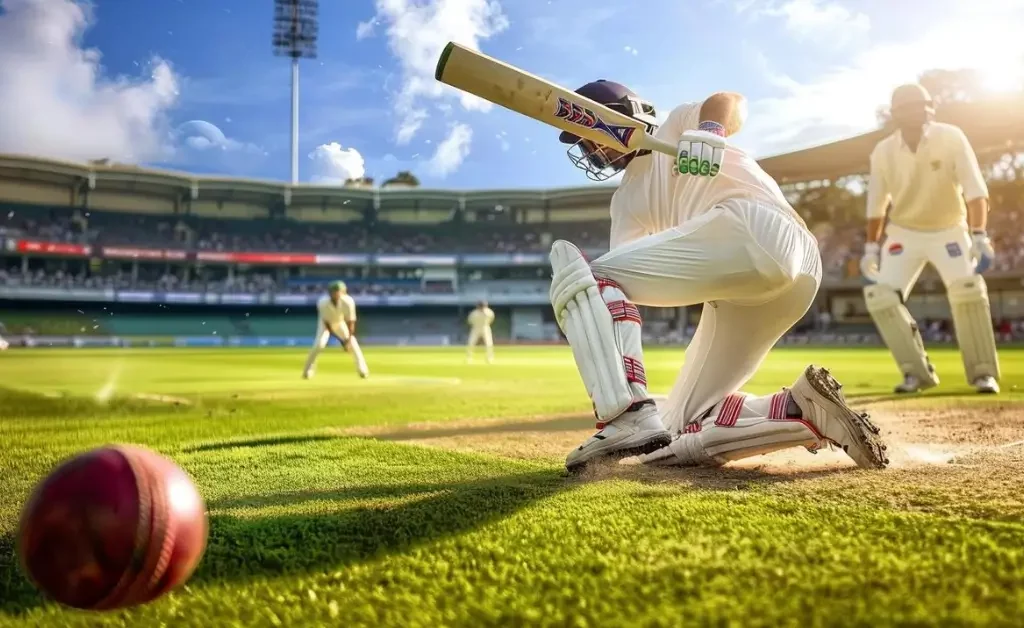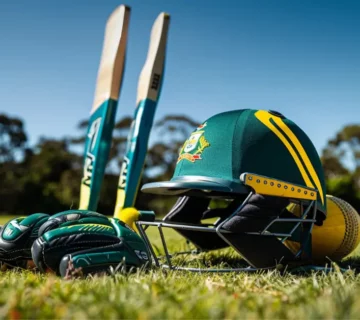Cricket, a game rich with history and nuance, offers a variety of bowling styles that define the game’s pace and strategy. Understanding these styles is essential for any cricket enthusiast, whether a beginner or a seasoned spectator. This article delves into the significant types of bowling in cricket, exploring how each style contributes uniquely to the sport.
Types of Bowling in Cricket
Fast Bowling
Fast bowling, also known as pace, is a thrilling aspect of cricket, characterized by bowlers who can deliver the ball at high speeds, typically above 85 mph (137 km/h). Bowlers aim to intimidate batters with speed and are often the catalysts for some of the most dramatic moments in cricket.
Swing Bowling: A subset of fast bowling, swing bowlers use the ball’s seam to make it deviate in the air, confusing the batsman. The deviation can be towards or away from the batter, known as in-swing and out-swing.
Seam Bowling: Another fast bowling technique, seam bowlers focus on hitting the ball’s seam on the pitch, causing unpredictable lateral movement. This type can be particularly effective in conditions favorable to seam movement, like overcast skies or green pitches.
Spin Bowling
Contrasting sharply with fast bowling, spin bowling relies on deception and guile. Spinners use their fingers, wrists, or a combination of both to impart a spin to the ball, aiming to deceive the batsman in flight.
Off Spin: Off spinners rotate the ball from a right-handed batsman’s off-side towards the on-side. Using the index finger and thumb to spin the ball, they often use variations like the arm ball or the doosra to beat the bat.
Leg Spin: Known for its difficulty and effectiveness. Leg spin involves spinning the ball from the leg side to the off side of a right-handed batsman. Famous leg spinners often have a repertoire that includes a standard leg spin, the googly (which turns the opposite way), and the top spinner.
Medium Pace Bowling
Medium-pace bowlers operate at slower speeds than fast bowlers but often use a mixture of seam and swing techniques. They excel in exploiting the pitch’s conditions, using subtle variations in pace and movement to outsmart the batsman.
Slower Balls
Bowlers often use slower balls as a tactical variation within the fast and medium-paced categories. They deliver the ball at a significantly reduced speed but with similar arm action, aiming to deceive the batsman into expecting a quicker delivery.
Conclusion
Understanding different bowling types enhances cricket appreciation. It also highlights the game’s strategic depth and diversity. Each style—fast, spin, or medium pace—has unique challenges. It also adds excitement to the pitch. Fast bowling impresses with sheer pace. Spin bowling intrigues with deceptive twists. Medium pace offers tactical variations. Bowlers add significantly to cricket’s dynamic nature. As fans, understanding these techniques deepens our match engagement. We admire the players’ skill and precision. Varied bowling styles enrich cricket’s tapestry. This makes it a captivating sport loved worldwide.
FAQs
What determines a bowler's style in cricket?
A bowler’s style in cricket is typically determined by their physical attributes, skill set, and strategic preferences. Speed, ability to spin the ball, and tactical intelligence play significant roles.
How do bowlers choose between different bowling styles?
Bowlers choose their style based on natural inclination, effectiveness, and sometimes the pitch and weather conditions. Coaches also influence the development of a bowler’s style based on their strengths.
What is the rarest type of bowling in cricket?
The rarest type of bowling in cricket is probably the chinaman, a left-handed leg spinner. This style is rare due to the unique bowling arm and spin direction combination.
Which type of bowling is most effective in cricket?
The effectiveness of a bowling style in cricket depends on various conditions, such as pitch type, weather, and the opposition batters. Generally, swing and seam bowling are effective in cloudy, humid conditions, while spin works well on dry, abrasive surfaces.
Can a bowler use multiple types of bowling in a match?
Yes, a bowler can use multiple types of bowling in a match. Many bowlers mix their pace and spin to add variety and increase their effectiveness against different batters.



